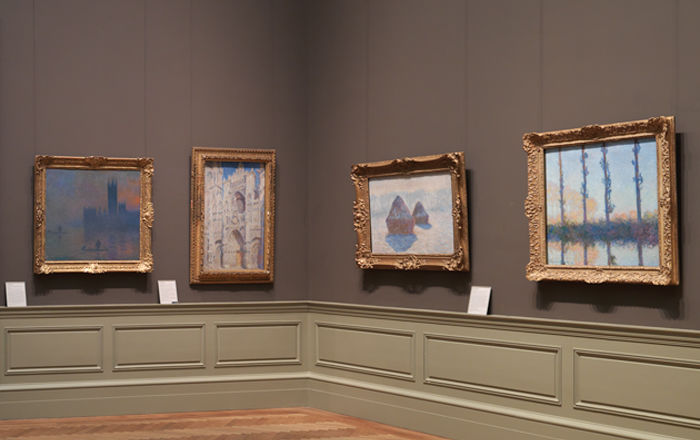Returned to lender The Met accepts temporary loans of art both for short-term exhibitions and for long-term display in its galleries.
The Crucifixion
Jan van Eyck Netherlandish
Not on view
Since it resurfaced in 2012, this remarkable and extremely rare drawing has elicited considerable debate about its authorship, date, and function. Not in dispute, however, is the close relationship of the drawing to the left wing of The Met’s so-called Van Eyck diptych. Although not identical, the two Crucifixions are extraordinarily similar in composition, figure style, and the wide range of emotions depicted in the laughing, jeering, and awe-inspired crowds beneath the cross and in the grief-stricken attendants surrounding the collapsed Virgin Mary. Most important, the drawing and the painting represent the same exact moment in the Passion narrative, that is, when the blind Longinus, assisted by another, pierces Christ’s torso to verify that he has died.
Due to rights restrictions, this image cannot be enlarged, viewed at full screen, or downloaded.

